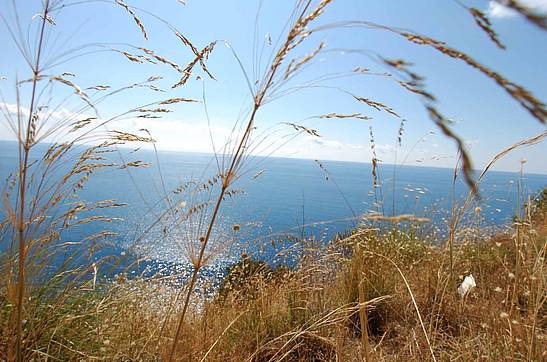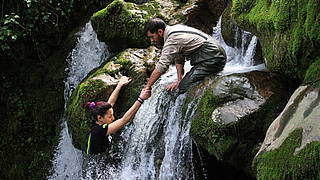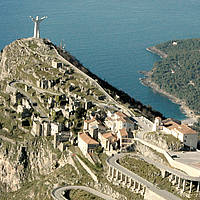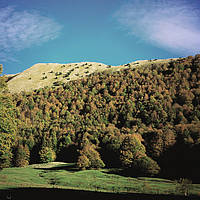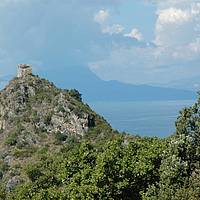The Southwestern Basilicata region is a hidden treasure in the South of Italy, shaped by its natural resources, forests, rural paths, ancient villages, and a pristine coastal landscape. On holiday in Southwestern Basilicata, you can relax by the beach, play sports at the Pollino National Park, or simply sit back and enjoy the scenery.
The area has 175,000 inhabitants divided into 56 municipalities. It’s one of the most authentic rural regions of Italy, from the Tyrrhenian coast with the stunning seaside village of Maratea to the wonderful park of Pollino with its rare species. Basilicata is also known by its ancient name Lucania.
Interactive Map
On the interactive map, you will find all Slow Trips experiences in the 9 European regions at a glance!
Whether creative, active, cultural or adventurous - click through and find the right offer for you!
Bookable Slow Trips experiences
Take your time and browse through our Slow Trips experiences in Southwestern Basilicata
Everyday culture in Southwestern Basilicata
Coming to Southwestern Basilicata means discovering 27 small villages that perfectly blend into the surrounding landscape. Each village has a peculiar history, with medieval, byzantine and Arbëreshë influences. The landscape is varied, from the Tyrrhenian coastal area to the mountains of the two natural parks — the “Appennino Lucano - Val d’agri - Lagonegrese” National Park and the Pollino National Park.
Both sacred and profane traditions are related to the region’s natural resources. You can find picturesque sanctuaries in the middle of the forest or on the peaks of the mountains, as well as ancestral rites, such as the so-called “Marriage of the Trees” festival. Living in Southwestern Basilicata means being surrounded by pristine nature, slow rhythms, natural sounds and genuine food. Food is a social value, and the area boasts unique products and homemade dishes.
Get ready to discover the perks of Southwestern Basilicata
Ancient roads, cosy villages, stunning nature and exceptional traditional cuisine — Southwestern Basilicata really has it all. It’s a great place to take a break from your routine and explore more unconventional places.
For further information about Southwestern Basilicata, please check our websites:







